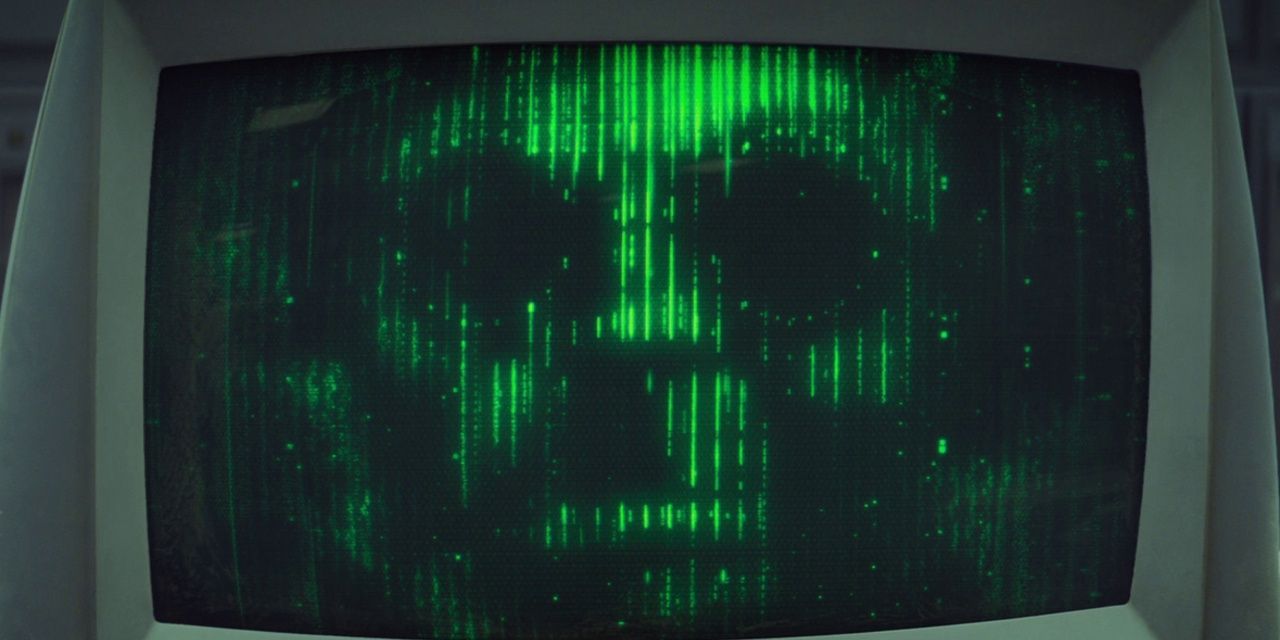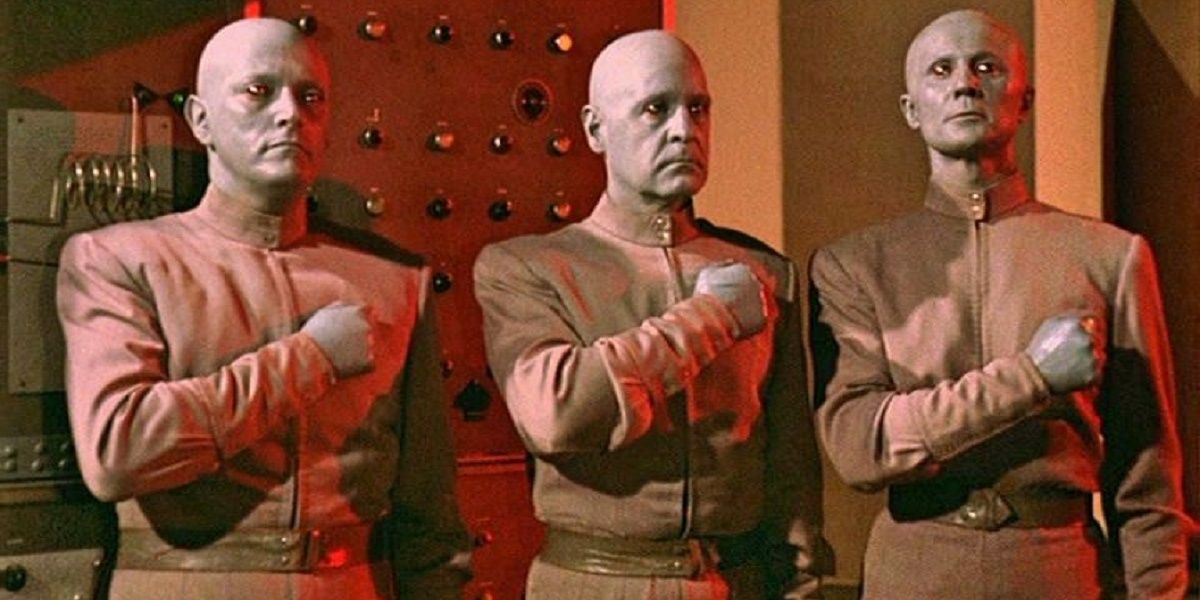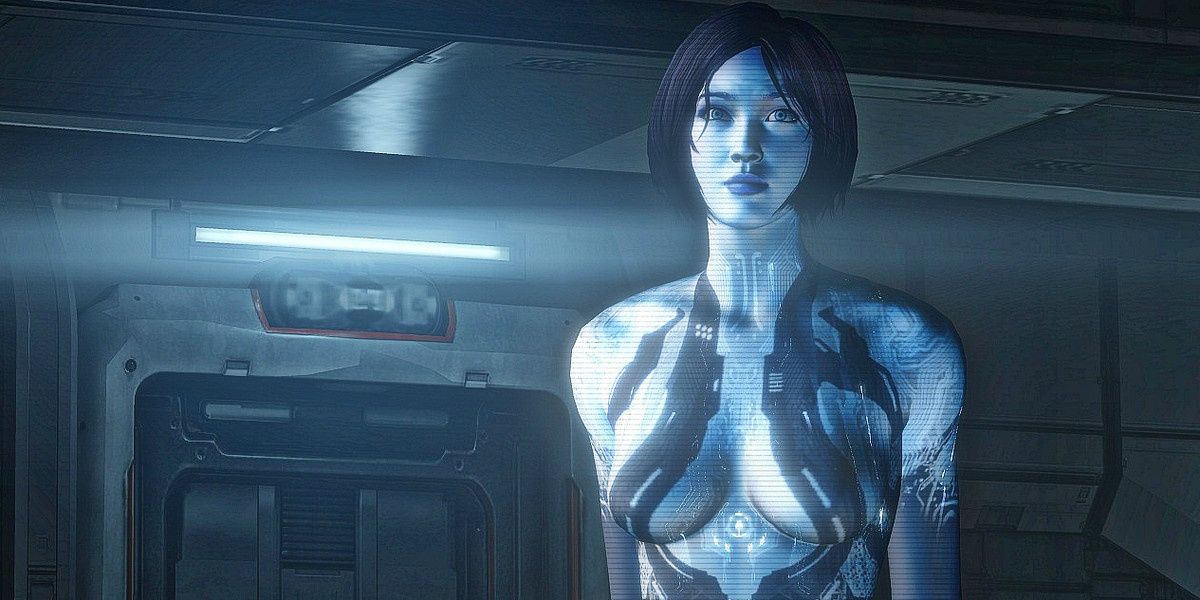One of the most common motivations in any story is the desire to live forever. In the real world, every wealthy self-described genius has a plan to escape their eventual, inevitable fate. Fantasy stories have races with endless lifespans and magic means of longevity, but science fiction authors work with a more technical solution. Uploading the human brain to a computer is impossible, yet popular.
The art of creating science fiction is a fascinating mixed bag. Many modern examples combine concepts from a century ago to create new stories. Dozens of narrative journeys can come from the same idea by playing with different reactions and repercussions. This allows a fictional scientific innovation to live forever in countless new iterations.
Consciousness is one of those concepts that's so important and intimidating that even contemplating it sends a chill up the spine. Scientists generally understand that consciousness is an emergent byproduct of the brain's ability to process information. Contrary to the beliefs of previous generations, there's no magic secret behind the function of the brain. It's all perfectly natural. With that in mind, the idea that a computer might eventually be built to accurately replicate the human brain has been popular. Most people imagine artificial intelligence developing a personality of its own, but others have envisioned a living person's consciousness being transferred into that framework. It could be an easy basis for a fully-realized AI being, but it could also be a method of preserving a human intellect forever. Unfortunately, the process would almost certainly create a copy of a person rather than uploading their living consciousness. That lethal wound in the concept's real-world applications has done little to slow its presence in fiction.
The Brain Uploading trope is around 100 years old at this point. The first computer that laid the groundwork for modern examples was created in 1822. It would take several drafts before people could imagine them simulating the infinite complexities of a human brain. John Scott Campbell wrote his short story "The Infinite Brain" in 1930. It follows a narrator who meets an inventor named Anton Des Roubles. Anton explains that he's working to create a computer that could mimic the electrochemical signals of the human mind and eventually experience thought. Sometime later, the narrator learns that Anton has died. He visits the late genius's lab, only to find his final project successful. Anton's body is dead, but he's created a perfect copy of his intellect, personality, and memory in the form of a large computer. This story doesn't claim that Anton lives on in the machine. Instead, Anton's creation replaces him, eventually expanding its intellect to start its path toward world domination.
Brain Uploading is all over sci-fi TV. Doctor Who has introduced multiple beings who exist as living libraries of dead brains. Testimony from the 12th Doctor's finale episode contains the recorded consciousness of countless humans, all of whom were snagged from their final moment, copied, and left to die. "Silence in the Library" featured a station operated by the memory of a dead girl who saves the memories of anyone who dies alongside her. Even the Doctor's species has the Time Lord Matrix, which contains the experiences of every Time Lord. The idea is used in several ways throughout the series. It can keep an important character around after death, give the audience a unique cameo that would be otherwise impossible, and deliver a happy ending after a terrifying episode. Doctor Who has been around for long enough to touch every sci-fi trope, but this one has kept writers interested for decades.
This trope tends to be more of an incidental detail in video games. The Halo franchise puts a lot of importance on its Smart AI systems, all of which are created from uploaded human brains. Smart AIs are capable of learning and changing, but they almost inevitably think themselves to death when they absorb too much data. The creation process kills the brain it's uploading, but there is one AI clone of a living person. Cortana was created by flash-cloning brilliant scientist Dr. Catherine Halsey and using the clone's brain as the basis. Forerunners and other non-human species can upload brains without killing the subject in a more advanced process. It's fascinating for a franchise with so few memorable characters to consistently quick save their minds.
There are countless ethical and philosophical issues with the desire to upload one's brain to a computer. Transhumanism is an intensely controversial philosophical concept. The fear of death is entirely natural, which provides an understandable excuse to reach for an unnatural solution. Whether they're trying to create a helpful AI or keep a person's mind alive forever, uploading the human brain is always on the table. With the advancements of the future, this concept could evolve from fun chats about books and TV shows to very sincere debates about the moral implications of living forever via technology.



